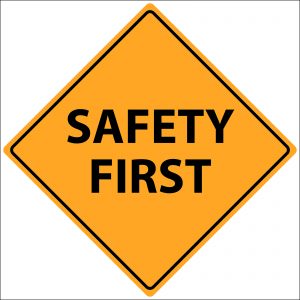Take time to check out what benefits the American Association of Woodturners (AAW) offers.
Here are some good links to explore (you will need to log in to view the complete article).
Mentoring and Teaching Publications:
-
Teaching Woodturning Basics: This 51-page instructional guide was written for AAW members who have experience in turning and who are interested in sharing their enthusiasm for turning, but who may not be particularly experience in teaching or those who would like to strategize their teaching efforts.
-
Teacher’s Resource and Project Guide: This 76-page teacher’s guide has been specifically designed to aid teachers, schools, instructors, and other educators in developing programs to teach woodturning skills to students ages 10 to 25. It includes important safety guidelines, best practices, lesson plan tips, and 18 engaging projects that build basic skills.
-
Let’s Go For A Spin: This 132-page book, developed by Alan N. Leland, is designed for the instructor and includes a six-session lesson plan series of workshops to provide beginning and intermediate students with a well-rounded set of turning skills. The workshops start with the bead and cove stick, followed by one of several possible simple projects designed to provide students with a sense of accomplishment.
Safety: Safe, effective use of a wood lathe requires study and knowledge of procedures for using this tool. Read, thoroughly understand, and follow the label warnings on the lathe and in the owner/operator’s manual. Safety guidelines from an experienced instructor, video, or book are a good source of important safety procedures. Please work safely.

-
Grants and Scholarships:
-
Provide educational opportunities that expand and enrich the entire woodturning community. Provide ways that woodturning skills may be shared with local chapters, the community, schools, and others.
-
Create opportunities for woodturners who would otherwise not be financially able.
-
Provide outreach to underrepresented populations (women, disabled, minority, etc.) to introduce and encourage them in their pursuit of woodturning.
-
Provide opportunities for woodturning professionals to enrich and encourage creative growth, research, or inspiration for new directions in turned wood art.
-
and more . . . . https://www.woodturner.org/

